Home>Dining>Events & Etiquette>What Are Singapore’s Table Manners?
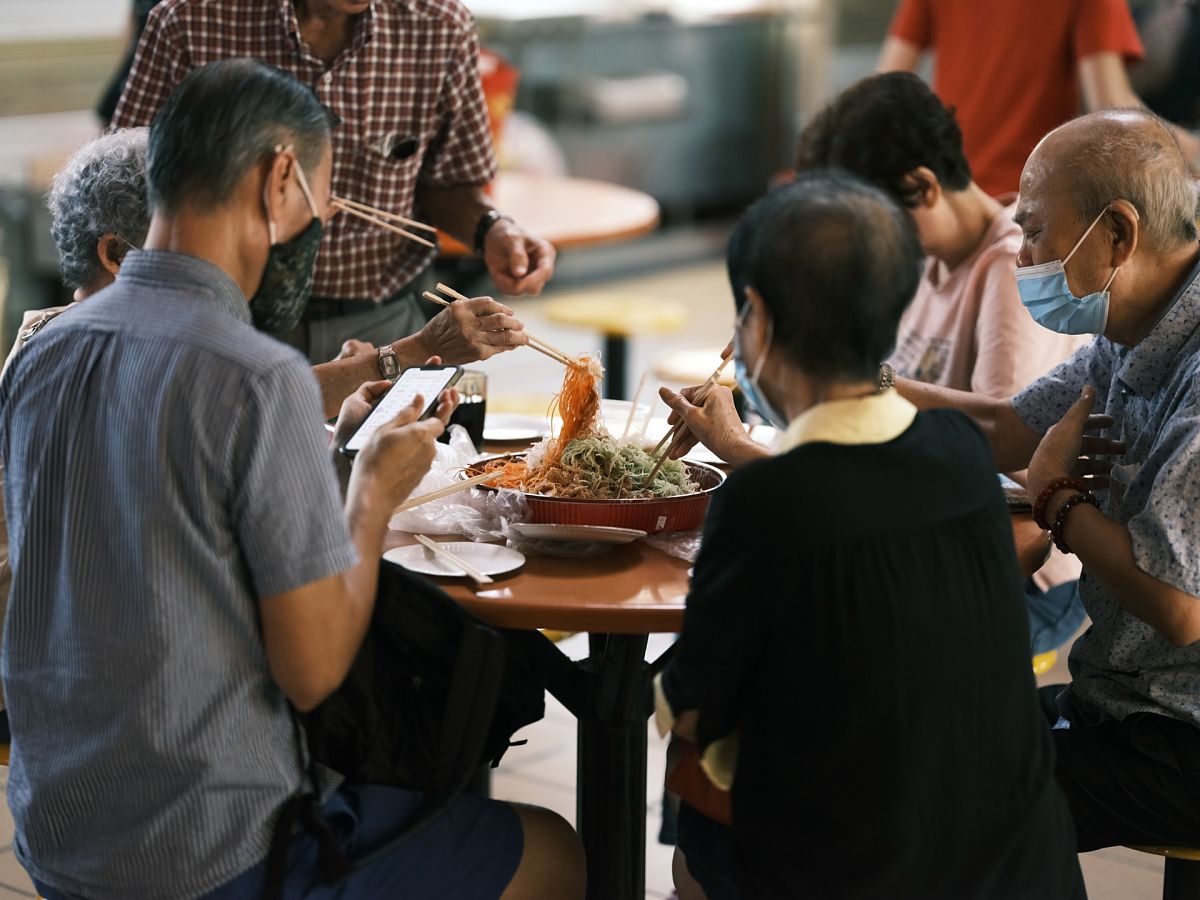

Events & Etiquette
What Are Singapore’s Table Manners?
Modified: January 9, 2024
Discover the essential event and etiquette of Singapore's table manners. Learn how to navigate cultural norms and dining traditions in this vibrant city-state.
(Many of the links in this article redirect to a specific reviewed product. Your purchase of these products through affiliate links helps to generate commission for Storables.com, at no extra cost. Learn more)
Introduction
Welcome to the vibrant and multicultural city-state of Singapore, where delicious cuisine and rich traditions go hand in hand. In this bustling metropolis, it’s not just the taste of the food that matters; it’s also the way you conduct yourself at the dining table. Singapore takes pride in its table manners and etiquette, which play a significant role in social interactions.
Having good table manners is not only a sign of respect towards others but also a way to enhance the overall dining experience. Whether you’re attending a formal dinner, enjoying a meal with friends, or indulging in local street food, knowing proper table etiquette will help you navigate any dining situation with ease and grace.
In this article, we will explore the importance of table manners in Singapore and delve into the intricacies of basic table etiquette, proper use of utensils, dining etiquette, and more. So, let’s embark on a culinary journey through the realm of Singapore’s table manners and discover the dos and don’ts of dining in this diverse and dynamic city-state.
Key Takeaways:
- Embrace Singapore’s diverse dining culture by mastering table manners and etiquette, fostering respect, appreciation, and harmonious social interactions in this vibrant city-state.
- Show respect, consideration, and cultural awareness through proper table manners, enhancing dining experiences and building meaningful relationships in Singapore’s multicultural society.
Read more: What Are Table Manners?
Importance of Table Manners
Table manners are not just about following a set of strict rules, but they are also a reflection of one’s upbringing, respect for others, and cultural awareness. In Singaporean society, where diversity is celebrated, having good table manners is highly valued.
First and foremost, table manners create a pleasant and harmonious dining atmosphere. By observing proper etiquette, individuals show respect for their dining companions and the host. This fosters a positive and enjoyable environment where everyone can relax and enjoy their meal without distractions or discomfort.
Moreover, good table manners demonstrate one’s social graces and can leave a lasting impression. In business and social settings, having polished table manners can enhance one’s professional image and help build strong relationships. It shows that you are attentive, considerate, and well-mannered, qualities that are highly regarded in Singaporean society.
Additionally, table manners promote hygiene and cleanliness. Singapore is known for its high standards of cleanliness, and this extends to the dining table. By adhering to basic table etiquette, such as using napkins properly, keeping elbows off the table, and chewing with your mouth closed, you contribute to the overall cleanliness and hygiene of the dining setting.
Lastly, practicing good table manners allows individuals to navigate various dining situations with ease and confidence. Whether dining at a formal restaurant, attending a business luncheon, or enjoying a meal at a casual eatery, knowing the proper etiquette ensures that you can adapt and fit into any dining environment seamlessly.
Overall, good table manners are not just a set of rules to follow; they are a way to show respect, create a positive dining experience, and navigate social situations with grace and ease. By embracing and practicing proper table etiquette, individuals can enhance their personal and professional relationships in the diverse and multicultural society of Singapore.
Basic Table Etiquette
When it comes to table etiquette in Singapore, there are several basic guidelines to keep in mind. These etiquette rules apply to both formal dining situations and casual meals, ensuring that you conduct yourself in a respectful and courteous manner at all times.
1. Seating: Wait to be seated or follow the host’s guidance. In formal settings, the seating arrangement may be predetermined, so it’s important to wait for instructions. In casual settings, wait until your host or the senior person is seated before taking your seat.
2. Napkin: As soon as you are seated, unfold your napkin and place it on your lap. Use it to dab your mouth when necessary and place it neatly back on your lap when you are finished.
3. Eating posture: Sit up straight and avoid slouching at the table. Keep your elbows close to your body and refrain from resting them on the table during the meal.
4. Wait for others: Always wait for everyone to be served before beginning to eat. It’s considered polite to wait for the host or the eldest person at the table to start eating first.
5. Chew with your mouth closed: Avoid making noises while chewing and keep your mouth closed while eating. It’s considered impolite to speak with a mouth full of food.
6. Excusing yourself: If you need to excuse yourself from the table during the meal, politely say “excuse me” and wait until a natural break in the conversation or when others are not actively eating.
7. Passing food: When sharing dishes with others, always pass the serving utensils, rather than using your own. Offer it to the person seated to your left or use the “reach and serve” method, allowing others to help themselves before taking your portion.
8. Thanking the host: At the end of the meal, it is customary to thank the host for their hospitality and the meal. Express gratitude for the effort put into preparing the food.
Remember, good table etiquette shows respect for the food, your dining companions, and the dining environment. By following these basic guidelines, you can navigate any dining situation in Singapore with poise and grace.
Use of Utensils
The proper use of utensils is an integral part of table etiquette in Singapore. Understanding the correct way to handle and use various utensils will not only make your dining experience more enjoyable but also demonstrate your knowledge of dining customs in the city-state.
1. Fork and Spoon: In Singapore, it’s common to use a fork and spoon combination to eat most dishes. The fork is held in the left hand, tines facing down, to help guide the food onto the spoon held in the right hand. The spoon is used to scoop up the food and bring it to your mouth.
2. Knife: While a knife is not always provided in casual dining situations, it may be provided in more formal settings or when eating certain types of dishes that require cutting. The knife should be held in the right hand, with the index finger resting along the top of the blade for stability. Use the knife to cut smaller pieces of food, then switch the fork to the right hand to bring the food to your mouth.
3. Chopsticks: Singapore is heavily influenced by Chinese culture, and chopsticks are commonly used when dining on Chinese cuisine or at hawker centers. If you are not experienced with using chopsticks, it’s important to practice to avoid any embarrassment. Hold the chopsticks towards the end with your dominant hand and use your thumb, index, and middle fingers to control the movement. Avoid crossing the chopsticks or using them to spear food.
4. Dessert Utensils: When enjoying desserts, smaller utensils such as dessert spoons, forks, or even a small cake server may be provided. Use these utensils to savor the sweet treats without making a mess or using the larger dining utensils.
Remember to always hold utensils appropriately, with a relaxed grip, and avoid waving them around or using them inappropriately. Proper etiquette when using utensils contributes to the overall dining experience and shows respect for the cuisine and cultural traditions.
Dining Etiquette
When it comes to dining etiquette in Singapore, there are certain customs and practices to be aware of to ensure a smooth and enjoyable dining experience. From the moment you arrive at the dining establishment to the end of the meal, following these etiquette guidelines will help you navigate any dining setting in the city-state with confidence and respect.
1. Dress Code: In Singapore, it’s important to dress appropriately for the occasion and venue. While casual attire is generally acceptable in hawker centers or casual eateries, more formal restaurants may have specific dress codes. It’s always a good idea to check before you go to ensure you are appropriately dressed.
2. Tipping: Tipping is not customary in Singapore. Most restaurants include a service charge in the bill, which is distributed among the staff. However, if you receive exceptional service and wish to show your appreciation, a small tip is welcomed but not expected.
3. Toasting: Toasting is common in business and social settings. When toasting, raise your glass with both hands as a sign of respect and maintain eye contact with the person you are toasting. In Singapore, it’s customary to say “Cheers” or “Yam Seng” while clinking glasses.
4. Pace of Eating: In Singapore, it is considered impolite to rush through a meal. Take your time and pace yourself, enjoying the food and engaging in conversation. This shows that you appreciate the moment and the company you are dining with.
5. Declining Food: If you are offered food that you do not wish to eat, it is polite to decline politely rather than simply refusing or ignoring the offer. You can say “No, thank you” with a smile or explain that you have dietary restrictions or allergies.
6. Paying the Bill: If you are the host or invited guest, offering to pay the bill is a common practice in Singapore. However, it is also common for the host or the person who extended the invitation to insist on paying. Engage in a friendly exchange and accept graciously if the host insists on paying.
7. Gratuity: As mentioned earlier, tipping is not customary in Singapore. However, if you receive exceptional service, it is appreciated to express your gratitude verbally or with a sincere thank you.
By following these dining etiquette guidelines, you can navigate the social and cultural nuances of dining in Singapore with ease and respect. Embrace the opportunity to experience the local customs and enjoy the diverse culinary delights that the city-state has to offer.
In Singapore, it is considered polite to wait for the host to start eating before you begin. It is also customary to use utensils to eat, rather than your hands. Keep your napkin on your lap and avoid talking with food in your mouth.
Read more: What Are The Table Manners In Japan?
Rules for Eating with Chopsticks
In Singapore, chopsticks are commonly used when enjoying Chinese cuisine or dining at hawker centers. While using chopsticks may seem challenging for those unfamiliar with them, mastering the art of eating with chopsticks can enhance your dining experience and show respect for the cultural traditions. Here are some essential rules to keep in mind:
1. Holding Chopsticks: Hold the chopsticks towards the end, using your thumb, index, and middle fingers to control the movement. The remaining fingers can rest comfortably on the lower chopstick for support and stability.
2. Avoid Crossed Chopsticks: Never cross your chopsticks or use them to make an ‘X’ shape. This action is associated with funerals and is considered highly disrespectful. Instead, keep your chopsticks parallel and aligned when not in use.
3. Do Not Spear Food: It is impolite to use chopsticks to spear food or make aggressive movements. Instead, use the chopsticks to pinch and pick up food in a gentle and precise manner.
4. Share with Respect: When sharing dishes with others, use the provided serving utensils or the “reach and serve” method. Allow others to take their portion before taking yours. It is considered rude to hover or dig into shared dishes with your personal chopsticks.
5. Separate Sticks for Sharing: If you are sharing a communal dish with others and using chopsticks, it is customary to use separate chopsticks for serving and eating. This helps maintain hygiene and shows respect for others’ dining experience.
6. Avoid Drumming or Banging: Do not drum or bang your chopsticks on the table or bowl. This is seen as impolite and disruptive. Instead, place them gently on the chopstick rest or on the side of your plate when taking a break.
7. Do Not Use Chopsticks as Tools: Chopsticks are meant for picking up and transferring food to your mouth. Avoid using them as a tool for poking, stirring, or adjusting food on the plate. Use the provided serving utensils or request additional tools if necessary.
8. Practice Patience: Eating with chopsticks requires practice and patience, especially if you are not accustomed to using them. Embrace the challenge and enjoy the learning process. With time and practice, you’ll become more skilled and comfortable with using chopsticks.
Remember, when dining in Singapore, mastering the etiquette of using chopsticks shows respect for the culture and traditions. Embrace the experience and savor the flavors of Chinese cuisine with grace and appreciation.
Proper Eating Techniques
Proper eating techniques go beyond simply bringing food to your mouth. They involve mindful and respectful practices that enhance your dining experience and show consideration for others around you. In Singapore, where food plays such a central role in the culture, mastering these techniques can help you fully immerse yourself in the culinary delights of the city-state. Here are some essential tips for the proper eating techniques:
1. Chew with your Mouth Closed: While this may seem like common sense, it’s important to chew your food with your mouth closed to avoid making unpleasant sounds while eating. Chewing with your mouth open is considered impolite and can be off-putting to those around you.
2. Take Small Bites: When eating, take small, manageable bites. It allows you to fully savor the flavors and textures of the food and helps avoid any potential choking hazards. Taking small bites also allows for easier conversation and limits the chance of accidentally speaking with your mouth full.
3. Pace Yourself: Eating at a moderate pace not only allows you to truly enjoy your meal but also promotes healthier digestion. Take breaks between bites, engage in conversation, and savor the overall dining experience. Avoid rushing through your meal, as it can detract from the enjoyment of the food and the company you are dining with.
4. Use Toothpicks with Discretion: If toothpicks are provided after the meal, use them discreetly and only when necessary. Cover your mouth with your other hand while using a toothpick to maintain decorum.
5. Placement of Utensils: When taking a break or finishing your meal, place your utensils diagonally across your plate, with the tips resting on the plate. This signifies that you have finished and allows the server to easily identify that you are no longer eating.
6. Engage in Polite Conversation: Dining is a social experience, and engaging in conversation with your companions is encouraged. However, be mindful of maintaining proper dining etiquette by keeping your conversation at an appropriate volume and avoiding taboo or offensive topics.
7. Show Interest and Appreciation: When dining with a host or enjoying a specially prepared meal, show your appreciation by expressing gratitude. Compliment the chef or host, and show interest in the dishes served. This demonstrates your sincere appreciation for the effort put into the meal.
By practicing proper eating techniques, you enhance your own dining experience and show respect for the food and the people around you. These techniques not only contribute to a more enjoyable meal but also reflect the ethos of Singaporean culture, where food is cherished and shared with love and appreciation.
Drinking Etiquette
In Singapore, drinking etiquette is an important aspect of social interactions and is often intertwined with business, celebrations, and meals. To navigate these situations with grace and respect, it’s essential to understand the drinking customs and etiquette. Here are some key guidelines to keep in mind:
1. Toasting: Toasting is a common practice during meals, business meetings, or celebrations. When toasting, it’s customary to raise your glass with both hands as a sign of respect. Maintain eye contact with the person you are toasting and say “Cheers” or “Yam Seng” before taking a sip. It’s considered polite to clink glasses with others, but be mindful to clink the rim of the glass and not the bottom.
2. Pouring and Serving: If you are hosting a meal or celebration, it is customary to pour drinks for your guests first before pouring for yourself. Show deference and attentiveness by keeping an eye on the levels of your guests’ glasses and offering refills when needed. Refrain from letting the glasses become empty, as it may be seen as neglectful. However, do not overpour, as it can be considered wasteful.
3. Accepting Drinks: When offered a drink, it is polite to accept with a smile, even if you do not plan to consume alcohol. You can graciously decline by saying, “No, thank you” or “I’ll pass” and offer an alternative choice, such as a non-alcoholic beverage or water.
4. Pace of Drinking: Pace your consumption of alcoholic beverages and be mindful of your own limits. It’s generally appreciated to drink at a similar pace as your dining companions. Singaporeans value moderation and frown upon excessive drinking or becoming visibly intoxicated.
5. Respectful Refusals: If you choose not to drink alcohol for personal, cultural, or health reasons, it’s acceptable to decline politely. Singaporean culture respects personal choices, and you should not feel pressured to drink if you do not wish to. Politely explain your reasons or simply say “No, thank you” without further explanation.
6. Proper Glassware Handling: Hold the glass by the stem or base to avoid warming the drink with your hands. Refrain from touching the rim of the glass where others will drink. This helps maintain cleanliness and hygiene, and shows respect for others who will be using the same glassware.
7. Be a Gracious Guest: If you are a guest at a social gathering or hosted event, show appreciation for the drinks offered to you. Offer a heartfelt thank you to the host and compliment the choices made available.
Remember, drinking etiquette in Singapore revolves around respect, moderation, and graciousness. By adhering to these guidelines, you can partake in social drinking occasions with confidence and demonstrate your understanding of Singaporean customs and traditions.
Communication at the Table
Communication at the dining table is an important aspect of social interactions in Singapore. Engaging in polite and thoughtful conversation can help create a pleasant dining atmosphere and foster deeper connections with your dining companions. Here are some guidelines to keep in mind when communicating at the table:
1. Engage in Small Talk: Initiating and participating in small talk is a common practice during meals. It helps to establish rapport, create a comfortable environment, and show interest in your dining companions. Topics such as food, travel, hobbies, or current events are generally safe and appropriate to discuss.
2. Be Mindful of Volume: Ensure that your conversation is conducted at an appropriate volume. Avoid speaking too loudly, as it may disturb other diners nearby. Conversely, speaking too softly may make it difficult for others to hear you. Strike a balance and be mindful of your surroundings and the people you are dining with.
3. Respectful Listening: Show respect to others by actively listening when they are speaking. Maintain eye contact, nod in agreement, and offer verbal cues to show that you are engaged and interested in what they have to say. Avoid interrupting or dominating the conversation, allowing everyone to have a chance to speak and be heard.
4. Avoid Taboo or Sensitive Topics: While conversations during meals can be lively, it’s important to steer clear of controversial or sensitive topics that may lead to arguments or discomfort. Politics, religion, and personal matters are best avoided to maintain a pleasant dining experience.
5. Polite Conversation Starters: If you find yourself in need of conversation starters, consider complimenting the food, asking about the culture or traditions related to the cuisine, or sharing interesting anecdotes related to the meal. These can open up discussions and create a more engaging dining experience.
6. Be Mindful of Phone Usage: In Singapore, it’s considered impolite to excessively use your phone or engage in phone conversations during meals. Keep your phone on silent mode and limit phone usage to essential matters only. Focus on the present moment and enjoy the company of your dining companions.
7. Be Gracious and Appreciative: Express your appreciation for the food, the hospitality, and the company. Compliment the chef, thank the host, and acknowledge the efforts put into the meal. This shows gratitude and creates a positive dining atmosphere.
Remember, communication at the table should foster connection, respect, and enjoyment. By following these guidelines, you can create meaningful conversations and forge lasting relationships with your dining companions in the diverse and multicultural society of Singapore.
Read more: What Are The 20 Table Manners?
Conclusion
As we conclude our exploration of table manners and etiquette in Singapore, it becomes clear that these customs play a significant role in shaping social interactions and creating a harmonious dining experience. From the basic table etiquette to the proper use of utensils, dining etiquette, and drinking customs, each aspect contributes to the rich tapestry of Singaporean culture and traditions.
Having good table manners is not only about following rules; it is a reflection of respect, consideration, and appreciation. By observing these etiquette practices, you show respect for others, demonstrate cultural awareness, and enhance the overall dining experience for yourself and those around you.
Table manners in Singapore go beyond the practical aspects of eating; they are a way to connect with others, build relationships, and immerse yourself in the vibrant dining scene of this multicultural city-state. Whether you are attending a formal dinner, enjoying street food, or participating in a social gathering, understanding and practicing proper etiquette will enable you to navigate these situations with grace and confidence.
So, the next time you find yourself dining in Singapore or engaging in a multicultural setting, remember the importance of table manners. Embrace the customs, be mindful of your actions, and show respect for the food, the host, and your dining companions. By doing so, you will not only create a positive impression but also appreciate the beautiful blend of flavors, cultures, and traditions that Singapore has to offer.
Let table manners be a gateway to cultural exploration, connection, and a deeper appreciation of the diverse culinary landscape that enriches our lives.
Frequently Asked Questions about What Are Singapore's Table Manners?
Was this page helpful?
At Storables.com, we guarantee accurate and reliable information. Our content, validated by Expert Board Contributors, is crafted following stringent Editorial Policies. We're committed to providing you with well-researched, expert-backed insights for all your informational needs.
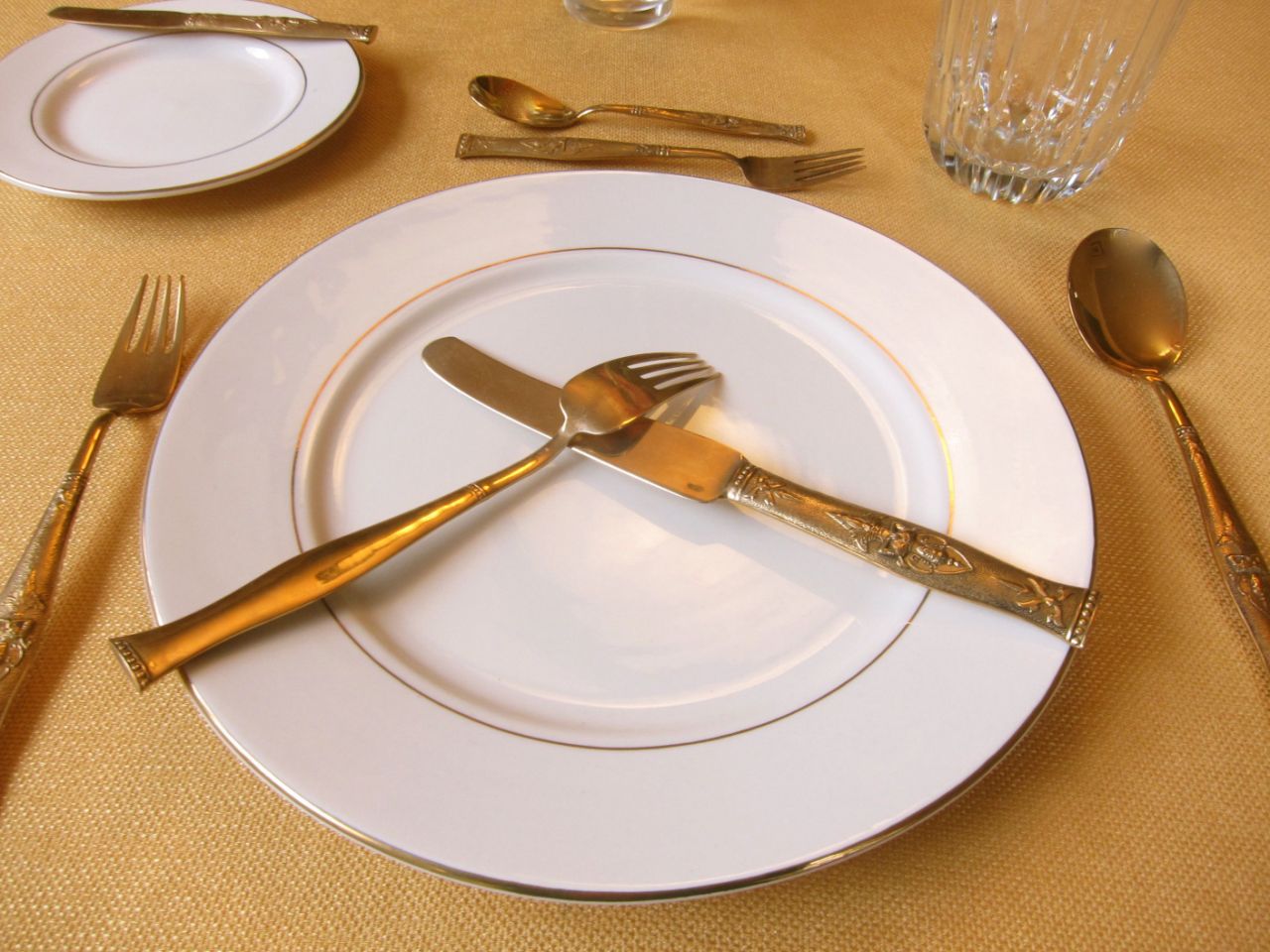


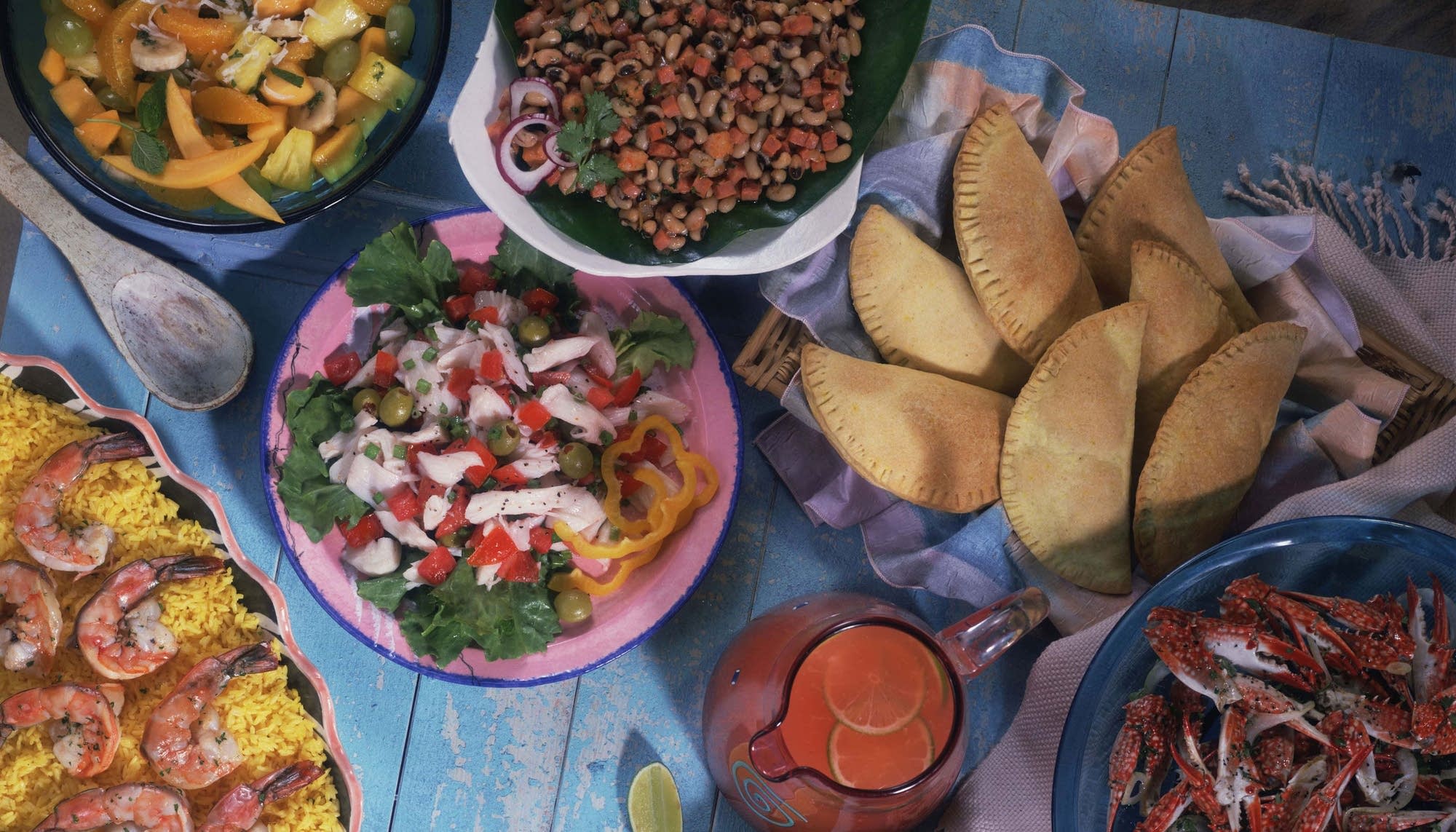
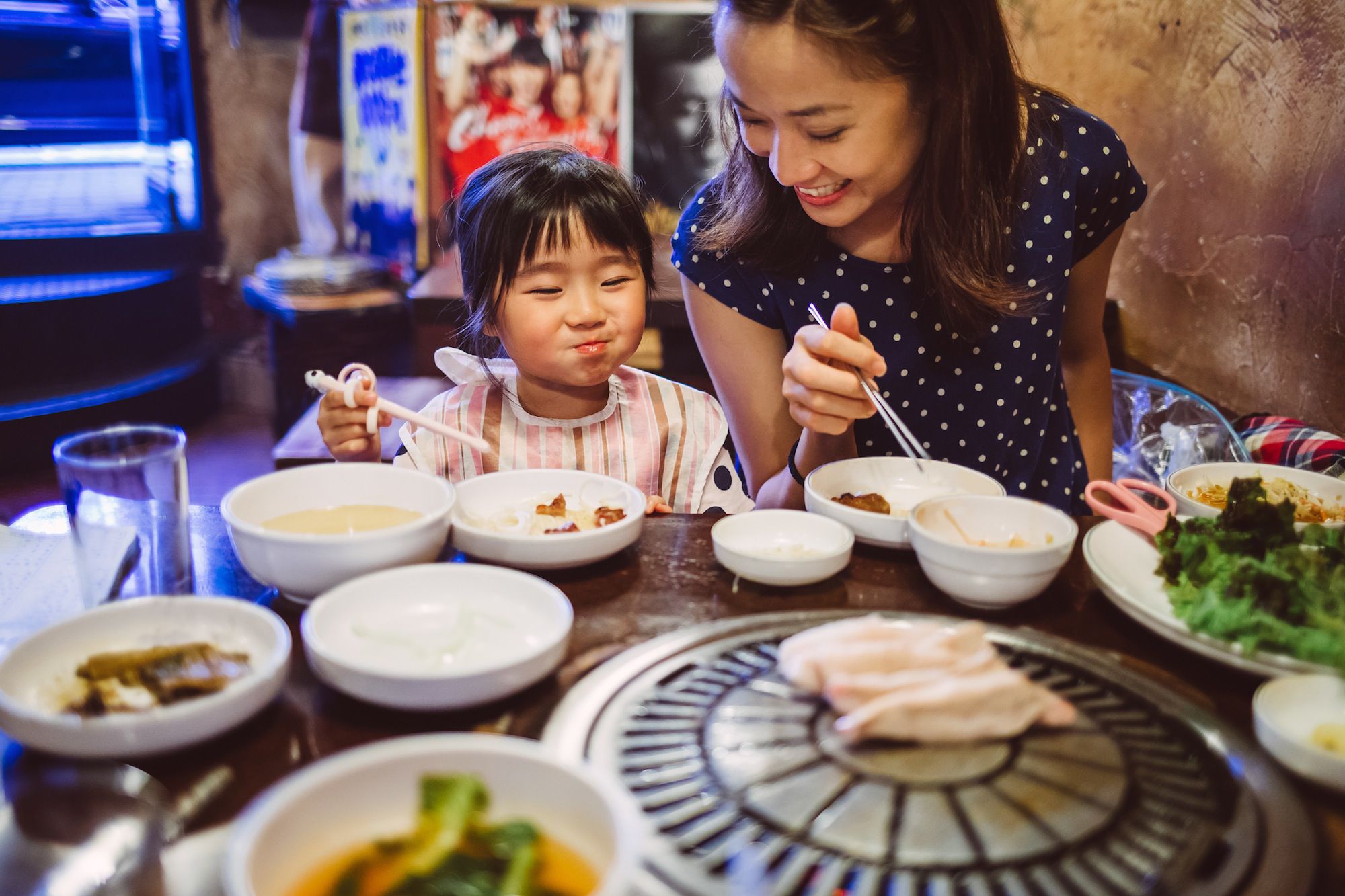
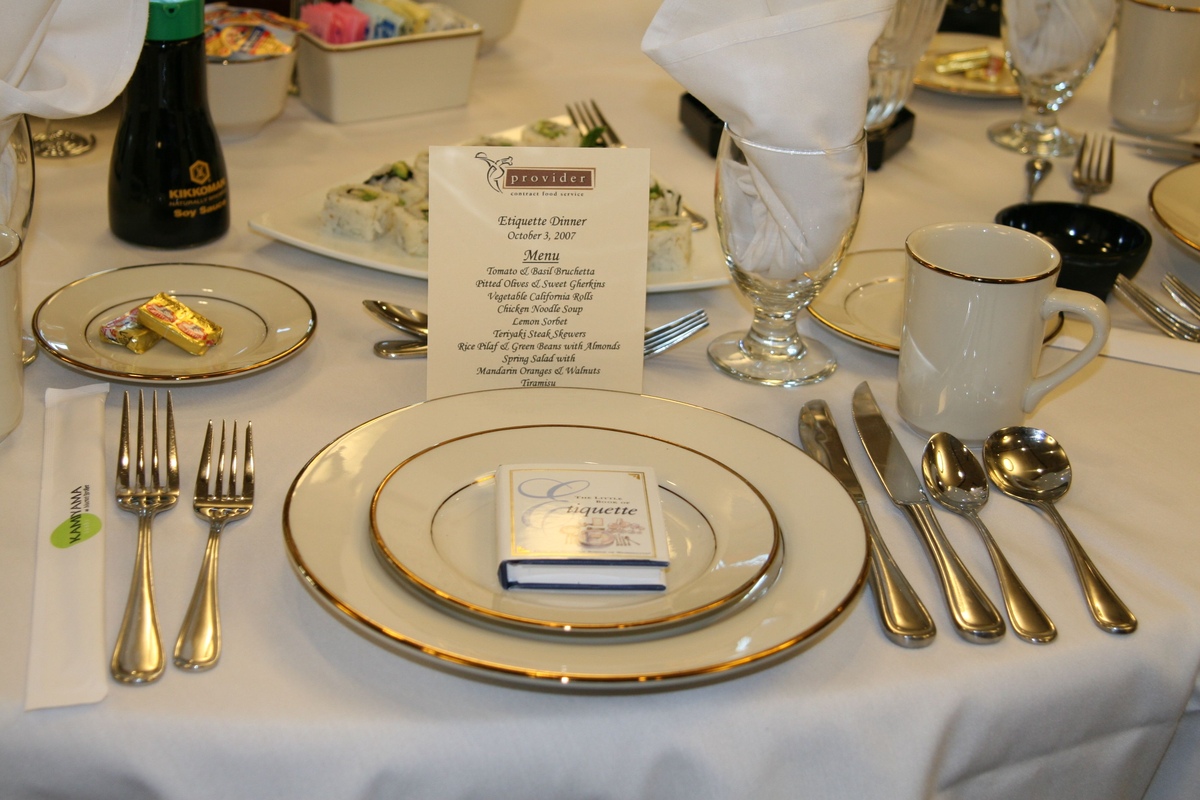




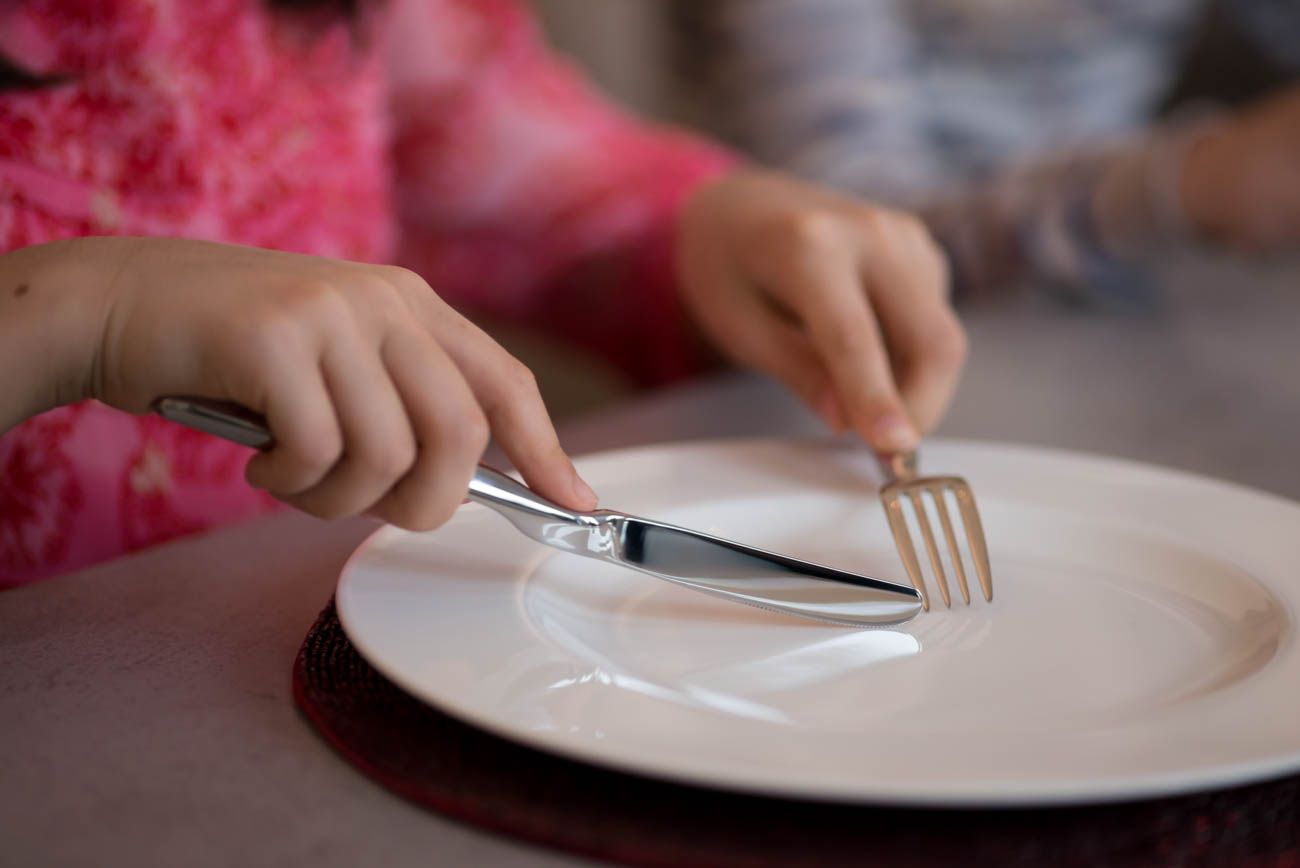
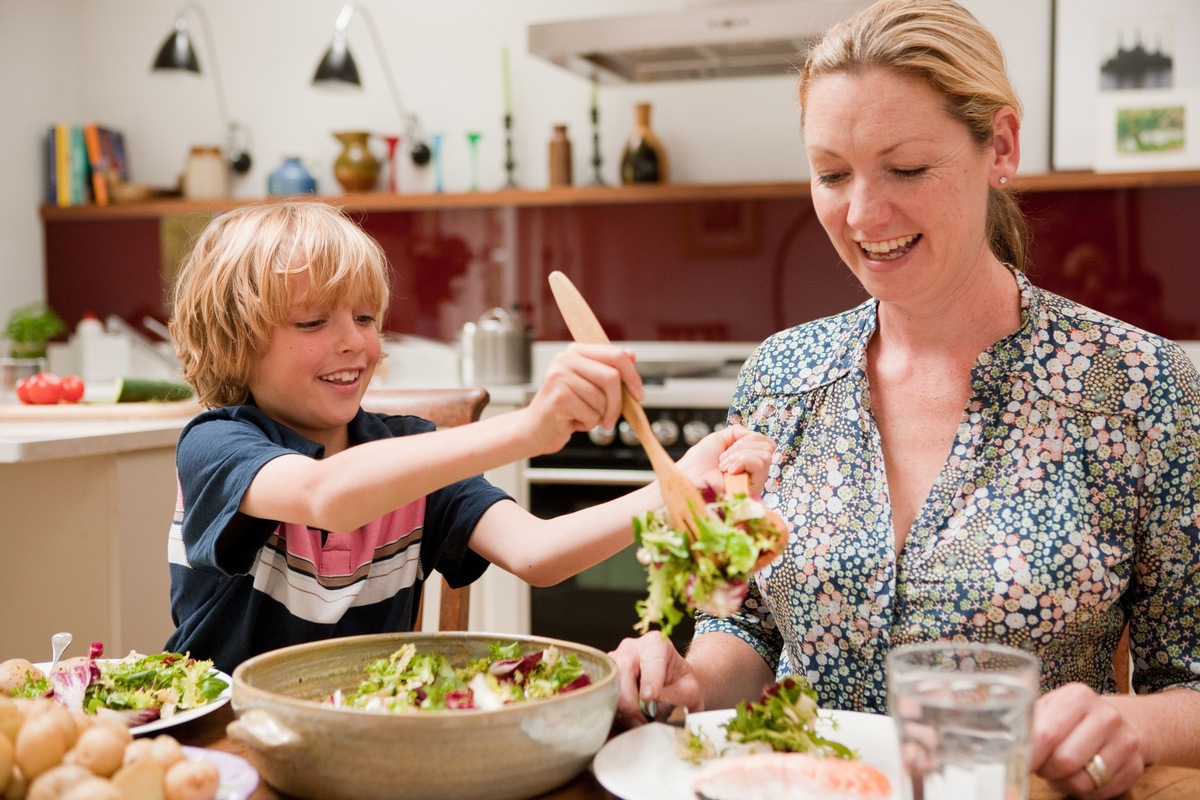
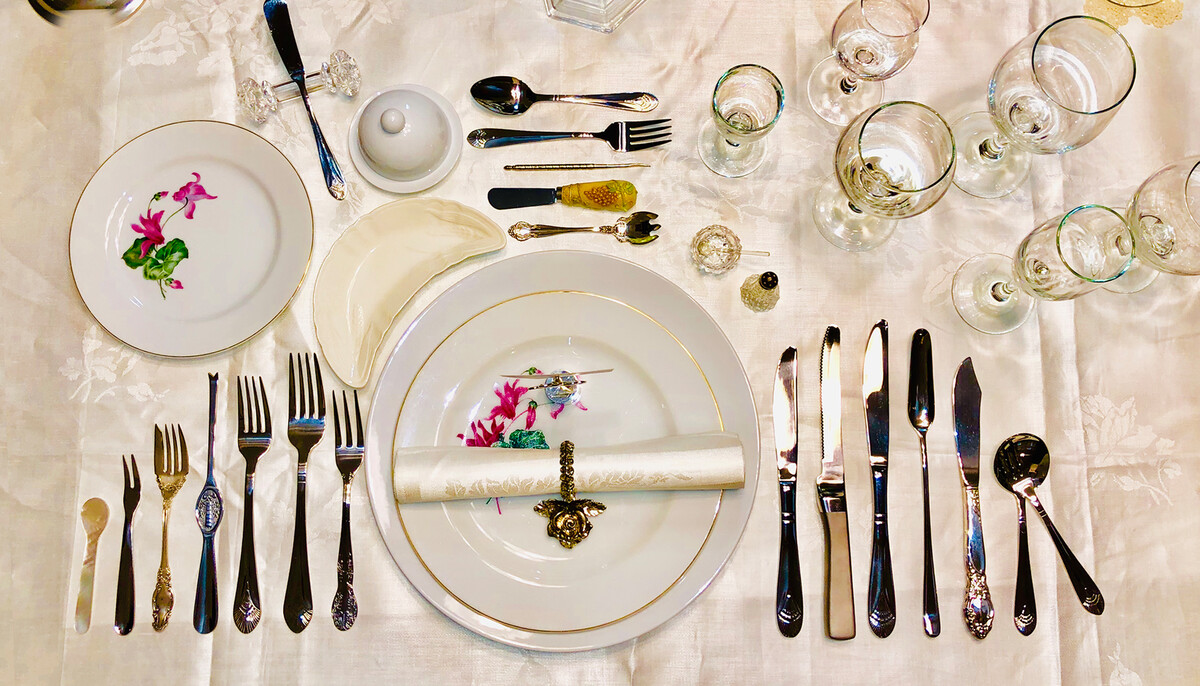

0 thoughts on “What Are Singapore’s Table Manners?”